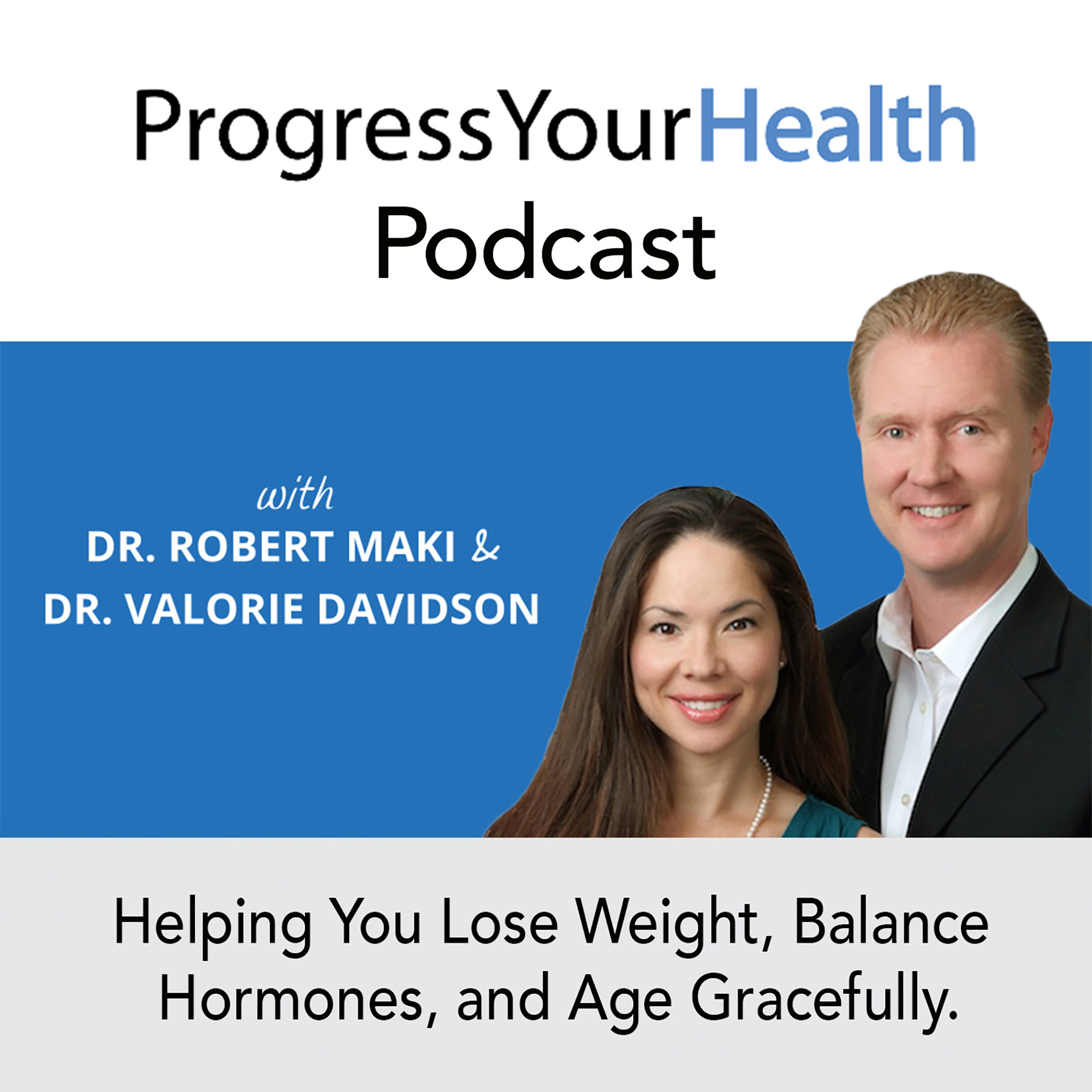What Type of PCOS Do I Have? Classic | PYHP 063

b'There are three main types of PCOS that we have seen treating patients since 2004. As you have heard from the past podcasts, PCOS is a spectrum of symptoms. It is a spectrum of symptoms coming from a set of hormonal imbalances. Every woman with PCOS might have some to all to a few of the symptoms of PCOS. That is because there might be varying degrees of hormonal imbalances.\\xa0\\nWhile there might be some disagreement, there are three types that we have encountered the most. And each of these three have different goals and treatment plans.\\xa0\\xa0\\nThese are the main types we have seen in treating patients with PCOS. As I mentioned before, PCOS is a spectrum. There can be some women that have all the symptoms to others that have just a few. This is a key concept for treatment. Someone with many symptoms is going to have a completely different treatment plan than someone that has some of the symptoms.\\xa0\\nThe three types that we commonly see, we have named: CLASSIC, COMMON, and CONCEALED.\\xa0 \\xa0\\nClassic PCOS: Honestly, this is not seen that often. A Classic-PCOS, you will see all of the symptoms.\\xa0\\xa0\\n\\nDark facial hair\\nChronic cystic acne.\\xa0\\xa0\\nThin hair, especially the top of the head and temples\\nWeight gain\\u2013being it is super easy to gain weight and what feels like, impossible to lose\\nHigh blood pressure\\nHigh cholesterol\\nHigh blood sugar\\nHigh insulin: leading to insulin resistance and possibly diabetes, if not already diabetic.\\xa0\\xa0\\nIrritability\\nTerrible carb cravings, especially for sugar.\\xa0\\nMiss multiple periods for consecutive months in a row. They might get maybe two periods a year.\\xa0\\xa0\\nThese are the women that have many cysts in and on their ovaries. They have the Classic' string of pearls visualized on a transvaginal ultrasound.\\xa0\\xa0\\nInfertility\\xa0\\n\\nYou will see the full gamete of the blood work readings:\\n\\nLH to FSH ratio is 2:1 or even more\\nHigh levels of testosterone: well above the normal levels. You can see the testosterone anywhere up to 90 or more\\nNo progesterone levels\\nNormal levels of estradiol and sometimes there can be higher levels such as Estrogen-Dominance from the conversion of testosterone to estradiol.\\nHigh DHEA-sulfate\\nHigh insulin, high teens to well over 20\\nHigh blood sugar and Hemoglobin A1c\\nHyp'